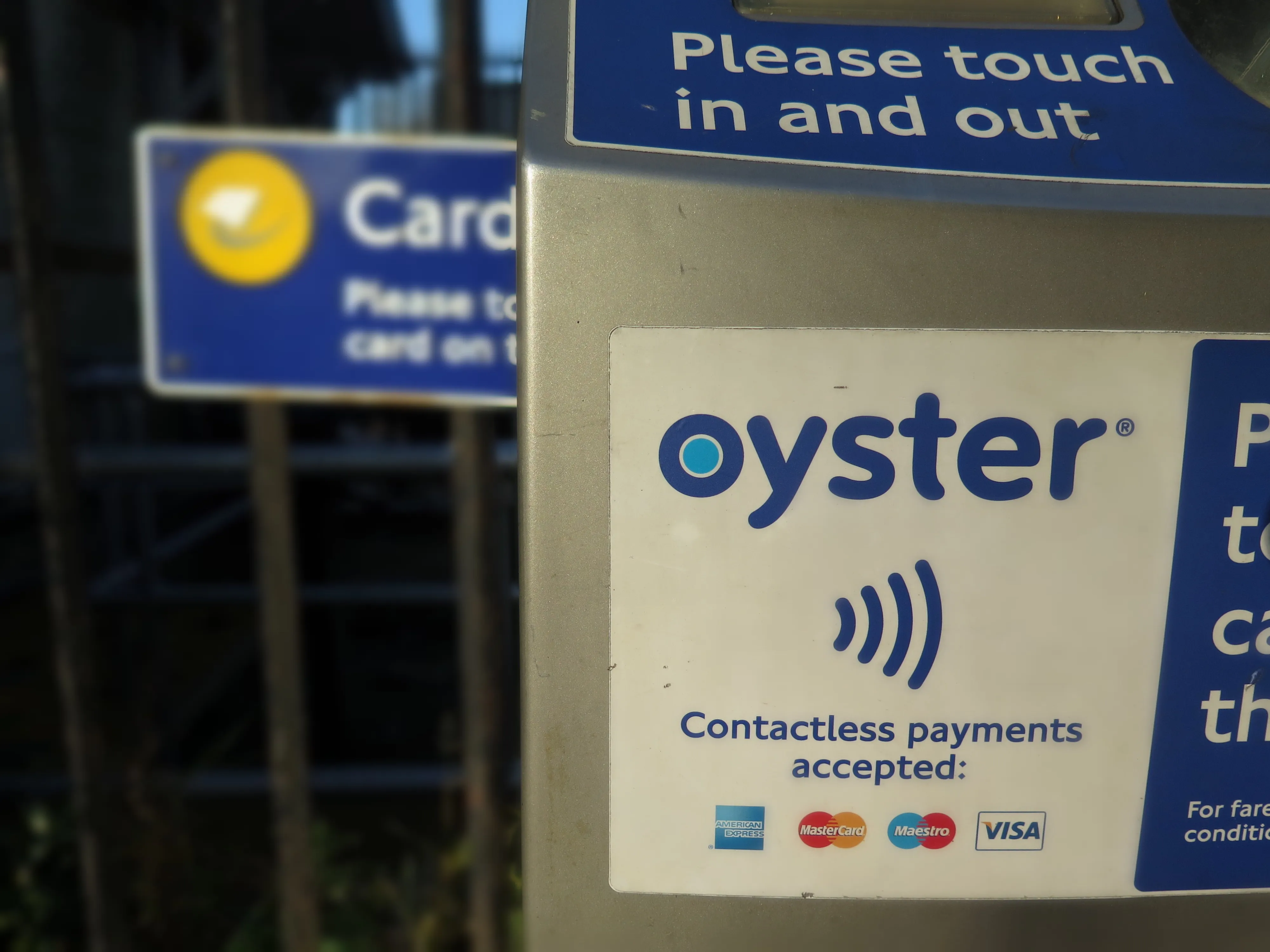The app allows users to access the company’s free-floating car sharing service ‘Drive’ and its ‘Ride’ ride-hailing option.
For Drive, members can choose from a fleet of BMW, BMW I and Mini vehicles while paying by the minute, hour or day. Meanwhile, Ride offers a choice between an immediate, on-demand service or a scheduled pick up from 20 minutes to up to seven days in advance.
Additionally, the solution’s destination bar allows members to select a mode of transportation based on the estimated time of arrival and price.
The company says functions such as Park & Keep and End Trip can be selected to park, return vehicle and end reservations directly from the app. ReachNow intends to roll out an Enter PIN feature to provide a more convenient way for users to start the trip from their phones.
ReachNow integrates car sharing and ride hailing into app, Seattle
BMW subsidiary ReachNow has integrated car sharing and ride hailing within its app in a bid to provide members in Seattle with an alternative to car ownership.
The app allows users to access the company’s free-floating car sharing service ‘Drive’ and its ‘Ride’ ride-hailing option.
For Drive, members can choose from a fleet of BMW, BMW I and Mini vehicles while paying by the minute, hour or day. Meanwhile, Ride offers a choice between an immediate, on-demand service or a scheduled pick up from 20 min
July 25, 2018
Read time: 2 mins









